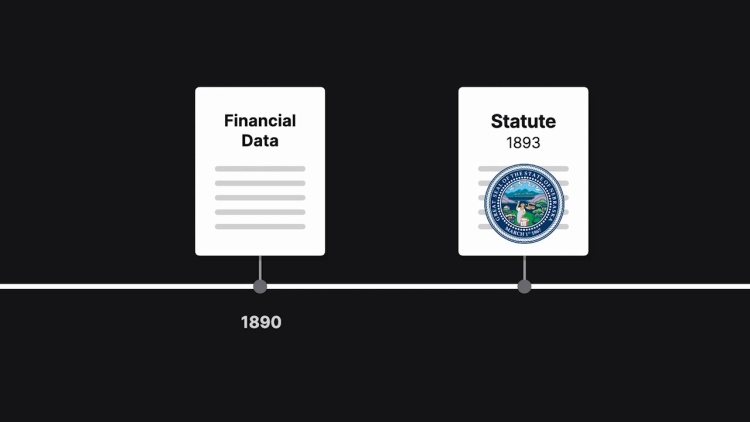Smyth v. Ames
United States Supreme Court
169 U.S. 466 (1898)
- Written by Robert Cane, JD
Facts
In 1983, Nebraska enacted a statute that established maximum rates for rail service within the state. The finances of the railroad companies indicated that for the three fiscal years ending between 1891 and 1893, the maximum rates set by statute would have resulted in actual losses to all but two of the railroad companies that operated within the state. Even so, the two companies that would not have incurred losses would have earned too little above operating expenses to be considered just compensation. A group of railroad companies (plaintiffs) that operated within the state filed suit. They claimed that the establishment of maximum rates was effectively a taking of private property without just compensation. The circuit court found in favor of the railroad companies. The United States Supreme Court granted certiorari.
Rule of Law
Issue
Holding and Reasoning (Harlan, J.)
What to do next…
Here's why 899,000 law students have relied on our case briefs:
- Written by law professors and practitioners, not other law students. 47,000 briefs, keyed to 994 casebooks. Top-notch customer support.
- The right amount of information, includes the facts, issues, rule of law, holding and reasoning, and any concurrences and dissents.
- Access in your classes, works on your mobile and tablet. Massive library of related video lessons and high quality multiple-choice questions.
- Easy to use, uniform format for every case brief. Written in plain English, not in legalese. Our briefs summarize and simplify; they don’t just repeat the court’s language.





